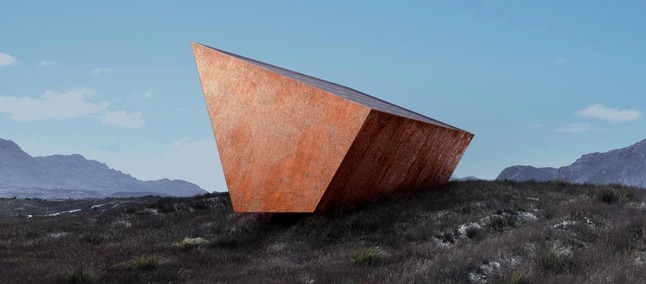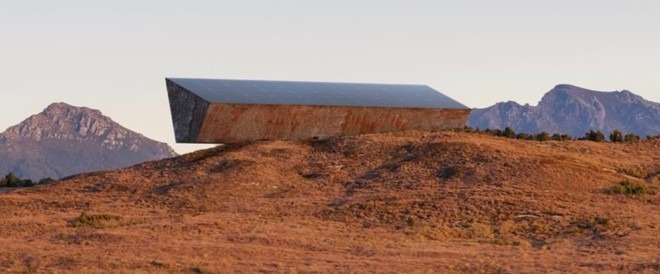A’indestructible black box will be built in Australia, in the plain of the west coast of Tasmania, in early next year. Its purpose will be to record every step that humanity is moving towards what could be the end of today’s civilization, swept away by the climate crisis. A quantity of data that will be useful to future civilizations to understand what caused the collapse and what are the mistakes not to commit in the future.
The project is curated by a company specializing in marketing campaigns (Clemenger BBDO) and by researchers from the University of Tasmania. The result is a mix between a provocation to further sensitize public opinion on problems related to climate change, and the desire to collect useful data for the next generations and project ourselves into a future beyond the fall, towards reconstruction (knows so much about Foundation from Asimov).
It is not yet known whether the project will be able to withstand future apocalyptic scenarios, but precautions are not lacking. This particular black box will be made from steel over 7 centimetres thick, will have dimensions comparable to those of an urban bus and will be equipped with solar panels necessary to power its IT systems. Its interior will be littered with a storage drive which will keep environmental data – for example, the levels of carbon dioxide in the atmosphere and average temperatures – but also tweets, posts and thematic news identified on the Internet by special artificial intelligence algorithms.
According to the authors of the project, storage space will run out in 30-50 years, but there are plans to find a (more) long-term solution. Certainly, the challenges are not lacking: meanwhile, ensure that the system continues to operate for years without human intervention – the solar panels will make a contribution but at some point (perhaps before the end of civilization) they will have to be replaced. Then how to make it weatherproof and prevent vandalism – the fact that it is located four hours away from the nearest city may be a deterrent but it may not be enough.
The main question, however, remains the true purpose of the project: will it result in a simple marketing initiative or will it bring concrete benefits? According to the researchers, the mere fact of memorizing all the interventions and that today world leaders do (and do not do) to combat climate change could be a valid deterrent to guide their future actions. But this is quite an optimistic, not to say utopian, view. However, if the news serves to rekindle attention to a problem that objectively affects all of humanity, then so be it. After a disappointing COP26, perhaps the world needs clearer symbols to understand the seriousness of the problem.
Construction of the black box has yet to begin, but data collection is already underway. It is possible to follow it in real-time by connecting to the official website of the project, Earth’s Black Box (link in SOURCE): just scroll down to the “Live Recording (beta)” section.




